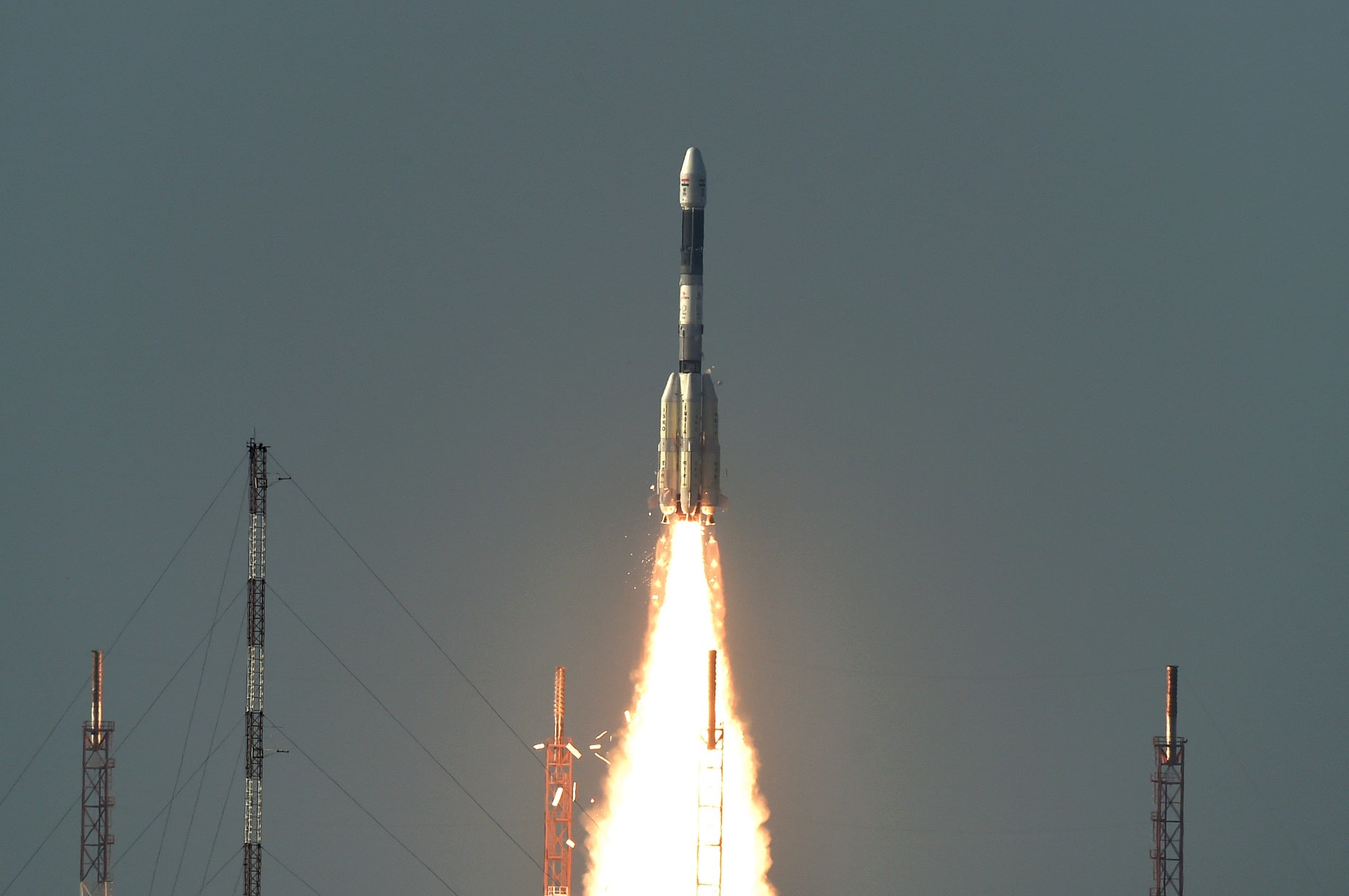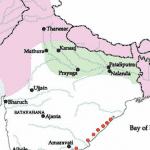- ISRO successfully launched a GSLV- MK II rocket on September 8, 2016.
- The rocket carried the INSAT-3DR satellite to a geostationary transfer orbit (GTO) around Earth.
- This mission was designated as F05. It is the tenth flight of India’s GSLV.
- It was an operational flight which means that ISRO was not testing any components, flight parameters or flight routes but was delivering the payload.
- The launch was the first time an indigenous cryogenic engine was used on an operational flight.
- The cryogenic engine allows the GSLV to lift a payload of more than 1,500 Kg to the geostationary transfer orbit. The PSLV cannot reach this orbit with anything heavier than 1,400 Kg.
About GSLV ( Geosynchronous Launch Vehicle)
- India started on the GSLV rocket plan in the late 1980s and the early 1990s so as to be able to put its 2,000 Kg communication satellites to geosynchronous orbits at 36,000 Km in space from its own soil.
- GSLV is a three staged vehicle and the cryogenic engine is used in the third and final stage.
- It is designed to inject 2-2.5 Tonne class of satellites into the GTO.
- The GSLV is of three types: Mk-I, Mk-II and Mk-III.
- All of them have a solid-fuel first stage and a liquid-fuel second stage.
- The Mk-I uses Russian made cryogenic engines for the third stage.
- The Mk-II uses four liquid-fuel strap on boosters in addition to the first stage and the CE 7.5 indigenous cryogenic engine for the third.
- The Mk-III will use two solid-fuel boosters for the first stage and the CE-20 indigenous cryogenic engine for the third.
- The first developmental flight of the Mk-III is expected to happen in December, 2016. It will also carry the 3.2 ton GSAT 19 satellite.
About the Cryogenic Engine
- India suffered a setback from geopolitics combined with high-technology commerce: Russia, at the behest of USA, went back on a deal to transfer critical cryogenic technology for the last and crucial stage of the rocket.
- Starting in the mid-1990s, ISRO has developed its own cryo engine and has tested it on three vehicles since 2010.
- Rocket fuel can be classified as solid, liquid and gaseous.
- Solid fuels don’t flow but release more energy than liquid fuels.
- Liquid fuels do flow and release more energy than gaseous fuels.
- Gaseous fuels are harder to contain and don’t flow.
- But when Hydrogen burns in the presence of Oxygen, the resulting change in momentum per unit of fuel combusted is at least 30 percent higher than most other rocket fuels.
- This chemical reaction is facilitated by a cryogenic engine.
- The word ‘cryogenic’ means that Hydrogen and Oxygen are both cooled to cryogenic temperatures so that they become liquids and start flowing.
- The CE-20 will be different from the CE-7.5 as it will be lighter and will be able to burn for longer time.
About the Satellite
- The INSAT-3DR, an advanced weather satellite, continues the mission of the INSAT-3D satellite which was launched in 2013.
- Both of them, like the KALPANA-1 and the INSAT-3A, are meteorological satellites operated by ISRO.
- While KALPANA-1, INSAT- 3A and INSAT-3D are in the geostationary orbit, the F05 mission will launch the INSAT-3DR satellite into the geostationary transfer orbit, from where the satellite will use its in-built propulsion systems to manoeuvre into its eventual geosynchronous orbit.
- It is the second-heaviest satellite placed in orbit by an indigenous cryogenic engine propelled GSLV. The launch mass of the satellite is 2,211 Kg.
- This satellite is an improvement from its two predecessors because it possesses an atmospheric sounding system which allows it to map vertical changes of humidity, temperature and ozone content in the Earth’s atmosphere.
- It is capable of making the same measurements as its predecessors as well as better image night time clouds and better measure sea surface temperature.
- Its multi-spectral imager will generate images of the Earth from a geostationary altitude of 36,000 Km every 26 minutes and provide information on parameters such as sea surface temperature, snow cover, cloud motion, winds among others.
- Like the INSAT-3D satellite, the INSAT-3DR satellite will also include a search-and-rescue transponder, used to pick up and relay alert signals from the distress beacons of maritime, aviation and land-based users to the Indian Mission Control Centre (INMCC).
- The major users of the service will be the Indian Coast Guards, Airports Authority of India (AAI), Directorate General of Shipping, Defence Services and fishermen.
- It is slated to last till around 2024.
Significance of the Mission
- It is the first operational flight of GSLV carrying Cryogenic Upper Stage (CUS). The indigenously developed CUS was carried on-board for the fourth time during this GSLV flight.
- With the success, the ISRO engineers can now be more confident about the prospects of the CE-20 engine because if successful, the rocket will be eventually used to carry Indian astronauts to space.











